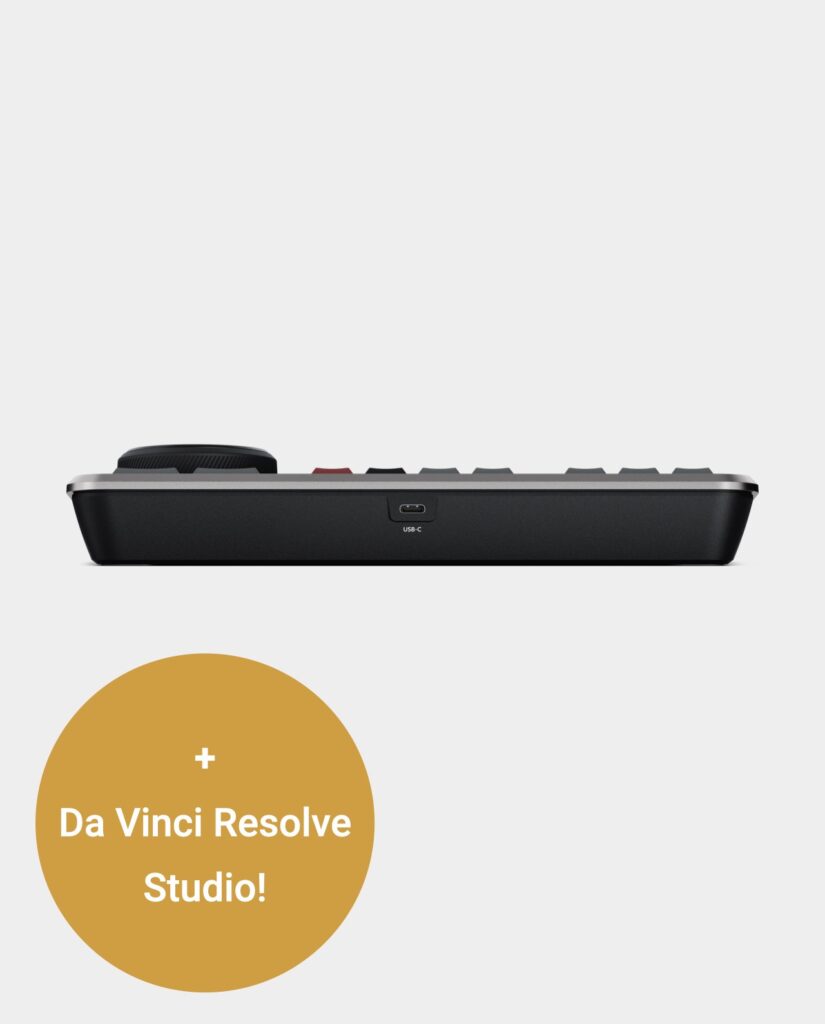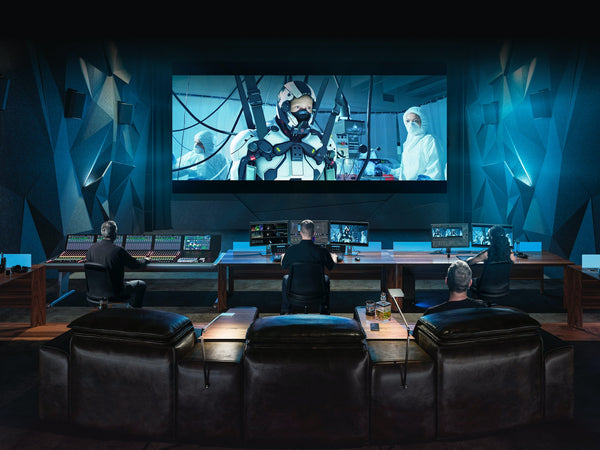


Resolve has its well established roots in Color Grading, but both applications are ultimately editing and compositing tools which can generate, combine and manipulate source material to create desired visual & audio output. I will try and answer below - as if Resolve did not include any Fusion components: Additionally some component features of Fusion are embedded within the Resolve interface and conversely some features of Resolve are accessible from within the Fusion tool. As you’ll see, an eGPU can turn a MacBook Pro - a machine that may struggle editing in DaVinci Resolve on its own - into a capable editing machine.Firstly - Davinci Resolve (since v15) now includes Fusion as a sub-tool. In this hands-on video walkthrough, I showcase using DaVinci Resolve with multiple eGPUs.

The upcoming version 15, now in beta, even sports a motion graphics platform called Fusion that’s baked right in.Īs I recently traversed the show floor in Las Vegas at NAB 2018, there was a noticeable buzz about DaVinci Resolve - several popular vendors specifically named-dropped Resolve in reference to its eGPU support, and noted the impressive performance gains made possible by this feature. For example, DaVinci Resolve has progressed from what was primarily viewed as a colorist’s tool that you’d use and round trip back to your primary NLE, to a competent standalone NLE. I’ve been super impressed with the relentlessness that Blackmagic Design, the creators behind DaVinci Resolve, has displayed while iterating on its hardware and software products. In fact, the $299 Studio edition supports multiple GPUs, which can have a noticeable effect on both timeline and render/export performance. Even though Final Cut Pro X curiously doesn’t support external GPUs yet, DaVinci Resolve is another popular NLE that already works with eGPUs on macOS.


 0 kommentar(er)
0 kommentar(er)
